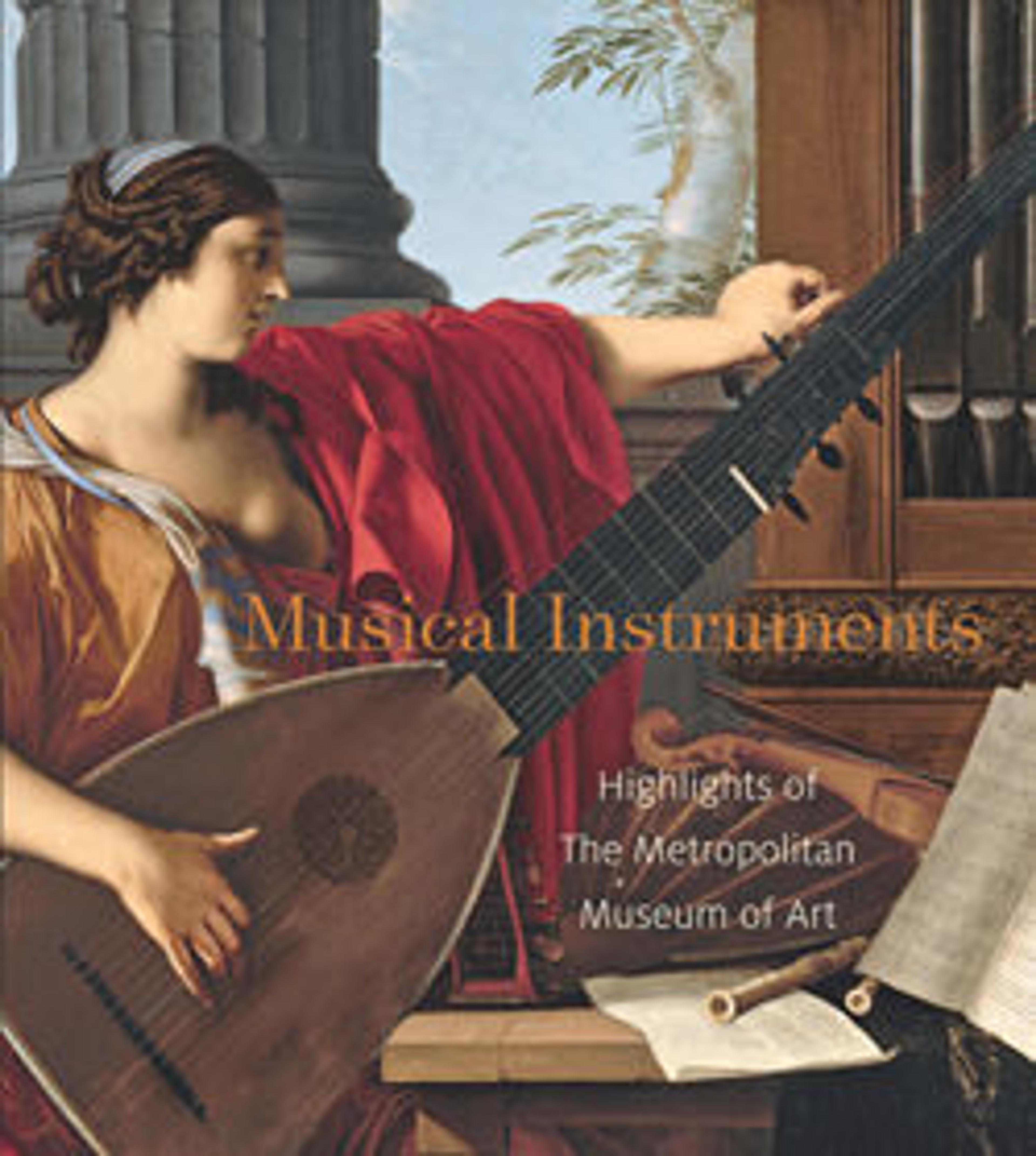Jagdhorn in G
Jacob Schmid (1642–1720) was the founder of a trumpet-making workshop in Nuremberg, which flourished under his son Johann Jacob and grandson Paulus for about a century. So far, six instruments by Jacob Schmid are known to have survived, one natural trumpet, two trombones, and three horns, of which two are in the Museum's collection. The present horn is in original condition and marked with the inscription "MACHT IACOB SCHMIDT IN NURNBERG" and the master's sign, a bird with the monogram JS. The instrument, pitched in A-flat, is furnished with a metal ring for a leather strap and decorated with cast game animals applied to the garland. Both features indicate that the instrument was designed as a hunting horn and/or as a horn to be used in a Jagdcorps (hunting choir), where it was played with oboes and bassoons. Horns of this kind and with a large 1-1/2 coil, came into fashion around 1680 in the regal hunt. About 1700, horns began to be included in opera and concert orchestras and were built in a slightly different way. From this time onward, horns were usually built in lower pitches than C and furnished with larger bells, following the trend toward a softer and mellower sound. Schmid's horn clearly follows this new trend.
Artwork Details
- Title:Jagdhorn in G
- Maker:Jacob Schmidt (German, Nuremberg 1642–1720)
- Date:ca. 1710–20
- Geography:Nürnberg, Germany
- Culture:German
- Medium:Brass
- Dimensions:Height (perpendicular to bell): 18 7/8 in. (47.9 cm)
Diameter (of bell): 9 1/8 in. (23.1 cm) - Classification:Aerophone-Lip Vibrated-horn
- Credit Line:Gift of William H. Riggs, 1913
- Object Number:14.25.1623
- Curatorial Department: Musical Instruments
Audio
9312. Jagdhorn
0:00
0:00
We're sorry, the transcript for this audio track is not available at this time. Please email info@metmuseum.org to request a transcript for this track.
More Artwork
Research Resources
The Met provides unparalleled resources for research and welcomes an international community of students and scholars. The Met's Open Access API is where creators and researchers can connect to the The Met collection. Open Access data and public domain images are available for unrestricted commercial and noncommercial use without permission or fee.
To request images under copyright and other restrictions, please use this Image Request form.
Feedback
We continue to research and examine historical and cultural context for objects in The Met collection. If you have comments or questions about this object record, please contact us using the form below. The Museum looks forward to receiving your comments.
